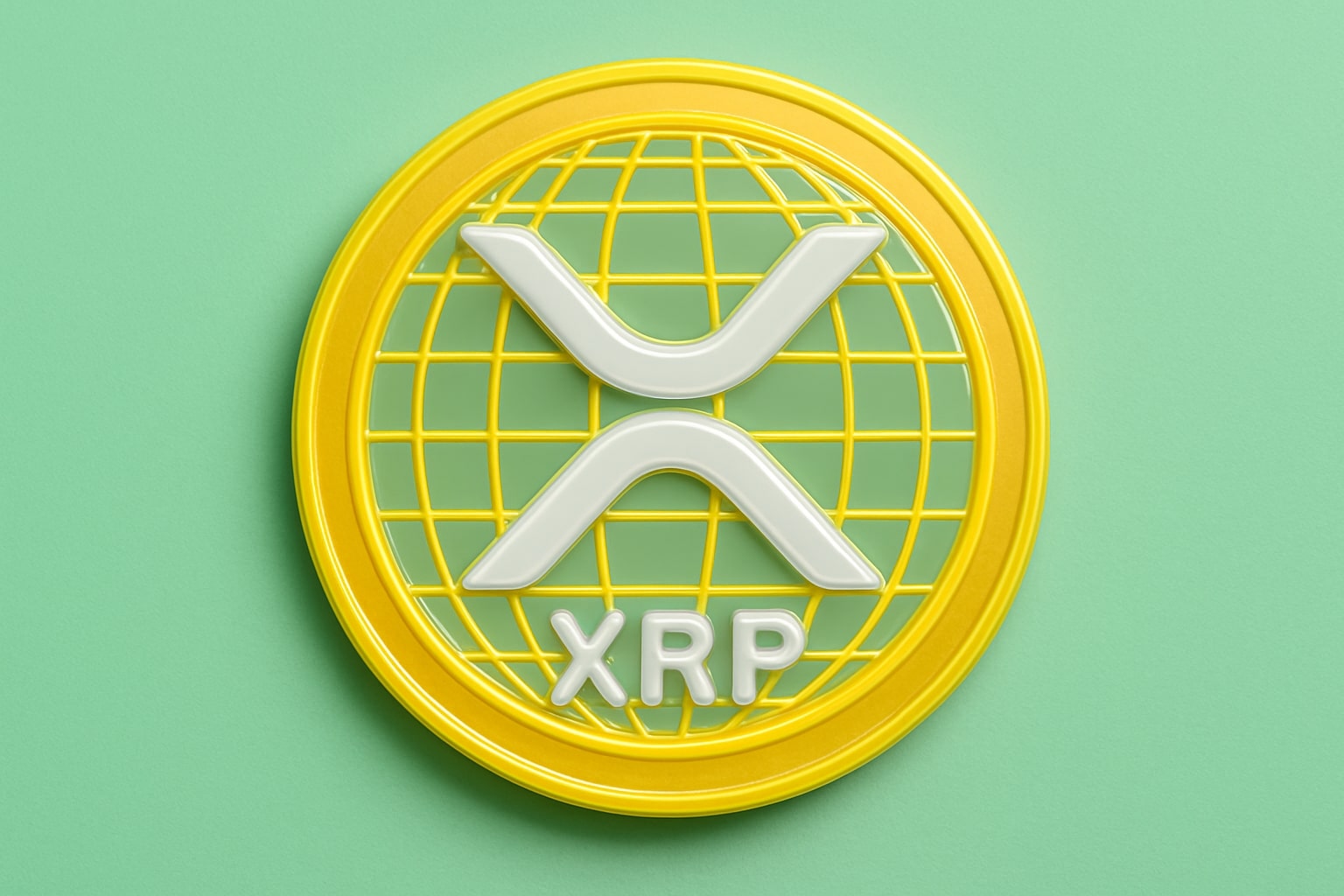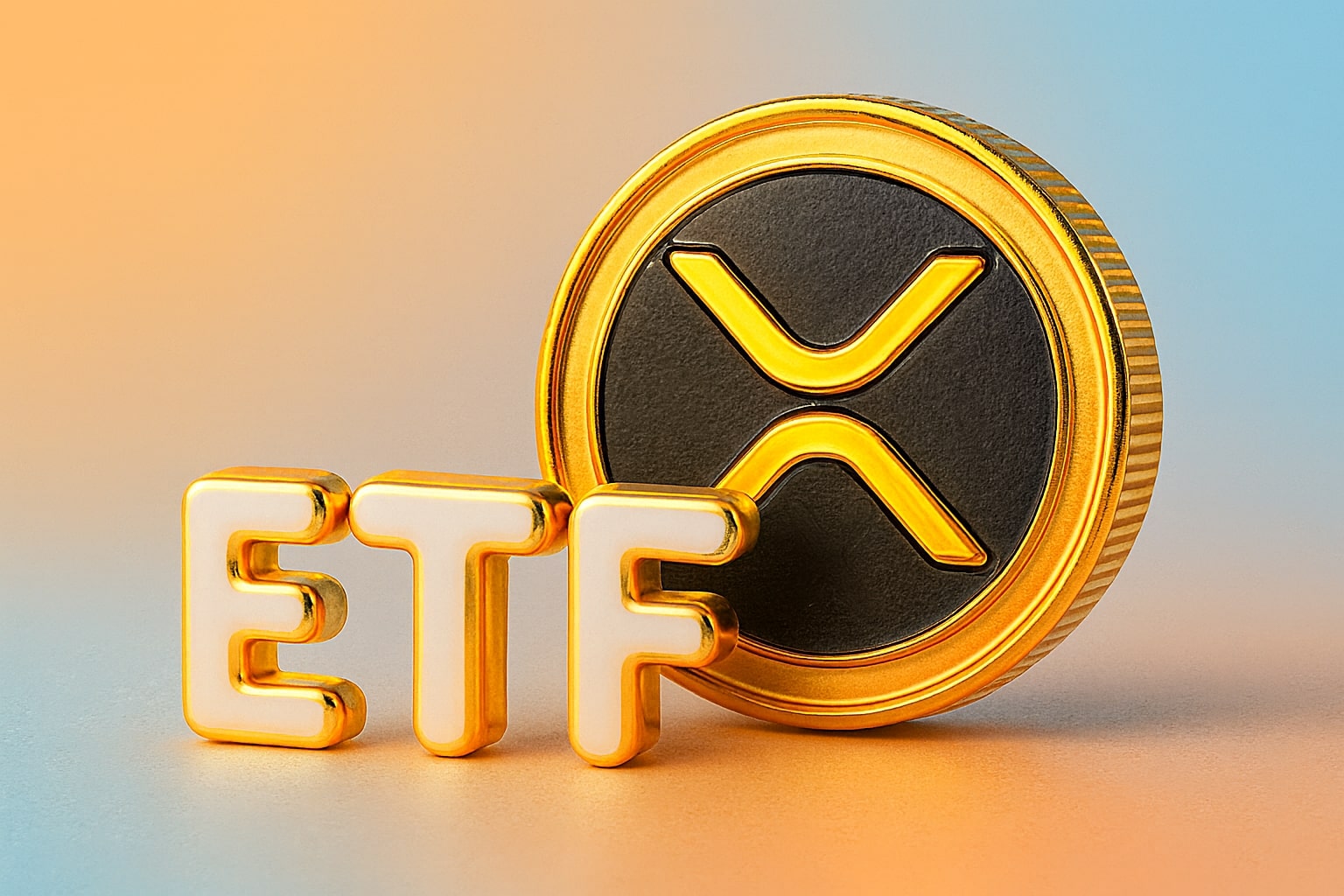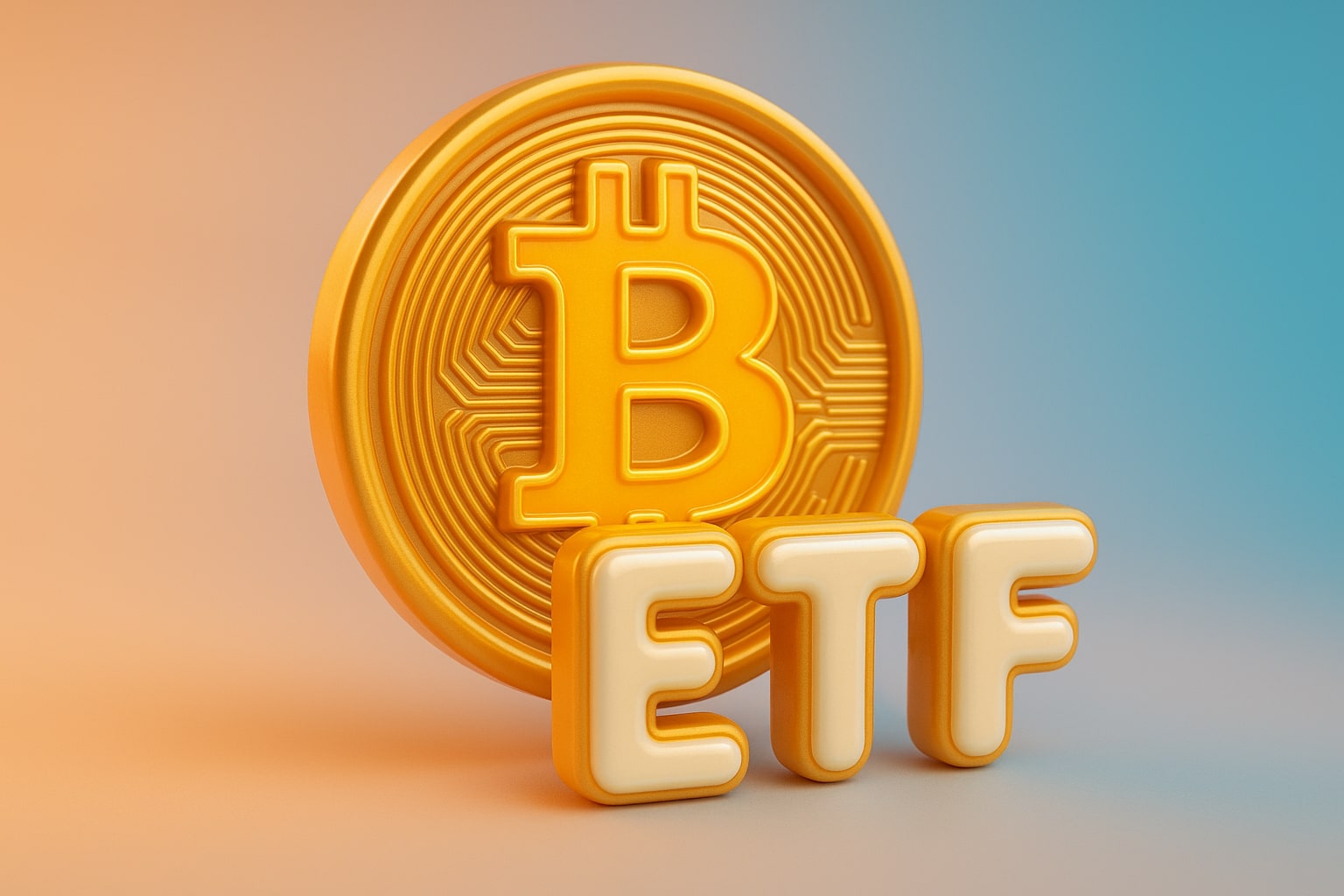Capital Inflows and Market Cap Multipliers Behind XRP’s Explosive Targets
XRP-USD trades at $3.12, gaining 0.91% in the past 24 hours, with daily volumes above $7 billion, up 77% over the week. Analysts highlight the rare capital inflow multiplier effect that magnifies XRP’s upside due to its illiquid circulating supply. Projections show that a $3 billion net inflow could drive the market cap to $3.77 trillion, implying $540 per XRP. Aggressive models extend to $1,437 per XRP if inflows exceed $8 billion, suggesting potential gains of more than 44,000% from today’s levels. Historical context matters — XRP surged from under $0.01 to $3.84 in 2018, proving its tendency for outsized moves during liquidity shocks.
Macro Bullish Cycle and Key Technical Levels in Play
Technically, XRP remains locked in a bull flag formation, holding firm at the $3.05–$3.10 support band. Chart models from cycle analysts show that as long as monthly closes remain above $2.00, the bullish structure stays valid. Extensions from the current consolidation project upside targets of $19, $37, and $50, corresponding to Elliott Wave cycle targets. Wave 3, historically the strongest in crypto bull markets, suggests the next key resistance test is $3.65, followed by potential moves into the $6.00 zone if triangle resistance breaks.
Profit-Taking Risks as Over 93% of Holders Sit in Gains
On-chain metrics show stretched positioning. Glassnode data reveals 93.92% of XRP supply is now in profit, a condition typically preceding tops. In January 2018, XRP peaked at $3.30 when profitability crossed 90%, followed by a 95% drawdown. In 2021, XRP’s 90%+ profitability preceded an 85% collapse from $1.95. Net Unrealized Profit/Loss (NUPL) has re-entered the belief–denial phase, suggesting euphoria. If XRP breaks below $3.05, a sharp retracement toward $2.39 support could follow, representing a 23–25% downside risk.
ETF Momentum as a Defining Catalyst for Institutional Liquidity
The SEC is expected to decide between October 18–25, 2025 on eight XRP spot ETF filings from major issuers including Grayscale, WisdomTree, Franklin Templeton, CoinShares, and Bitwise. Approval would replicate the Bitcoin and Ethereum ETF cycle, where inflows added billions in weeks. Analysts project $8 billion in ETF allocations for XRP, which could push the market cap to $400 billion and short-term prices toward $5.20–$6.50. Beyond speculative gains, ETFs would entrench XRP in U.S. regulated markets, broadening its appeal to pensions, hedge funds, and retail investors.
Santander Deployment Validates RippleNet for Cross-Border Payments
Utility demand is materializing through banking adoption. Santander has rolled out RippleNet-powered payments, marking a transition from test pilots to full-scale integration. This establishes XRP as a liquidity bridge for international transfers, creating sustained demand independent of speculative flows. If other major banks replicate Santander’s move, recurring payment volumes could reinforce XRP’s base demand. This structural shift complements ETF-driven inflows, creating a dual catalyst of speculative and utility-backed demand.
Legal Clarity and Rising Competition in the Altcoin Market
Ripple’s partial legal win over the SEC provided regulatory clarity, setting it apart from rivals still under scrutiny. This strengthens its case as an institutional asset ahead of ETF approval. However, competition is intensifying from smaller tokens like Layer Brett (LBRETT), a Layer 2 memecoin offering 12,650% APY yields. While these attract speculative capital, they lack XRP’s banking adoption, ETF path, and legal clarity. XRP’s edge lies in institutional legitimacy, though it must contend with retail capital chasing high-risk, high-reward alternatives.
Institutional Outlook and Strategic Positioning Going Forward
The $3.00–$3.10 band has held as a critical floor, absorbing repeated selling pressure. As long as this zone remains intact, XRP is primed for further upside tests. Cycle-based forecasts suggest a medium-term trajectory toward $22–$99 by 2026 if ETF approvals coincide with institutional adoption. Still, with on-chain signals overheating, a 20–25% pullback is plausible before the next breakout. Strategic positioning may favor staggered entries, balancing exposure to long-term bullish catalysts against short-term correction risk.


















